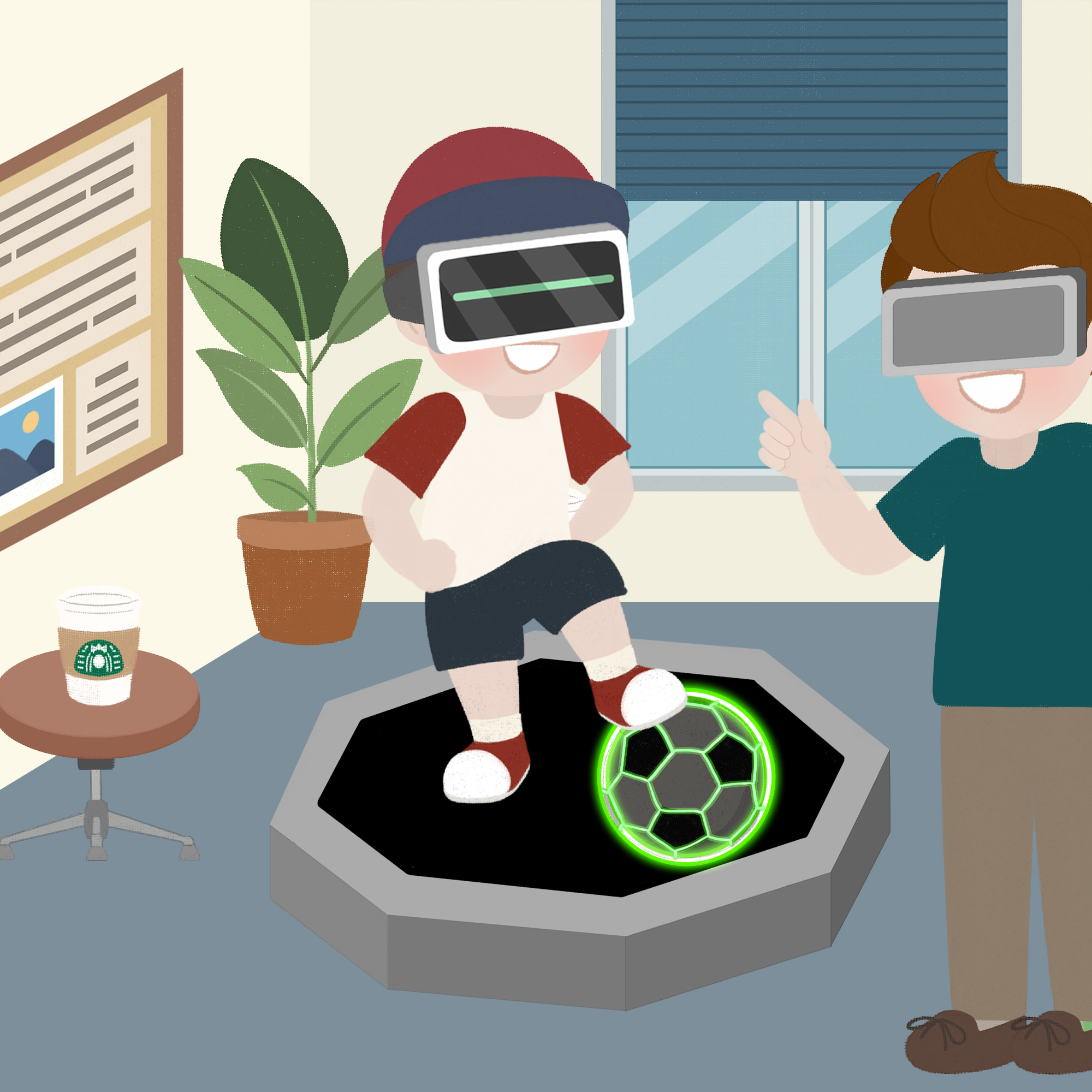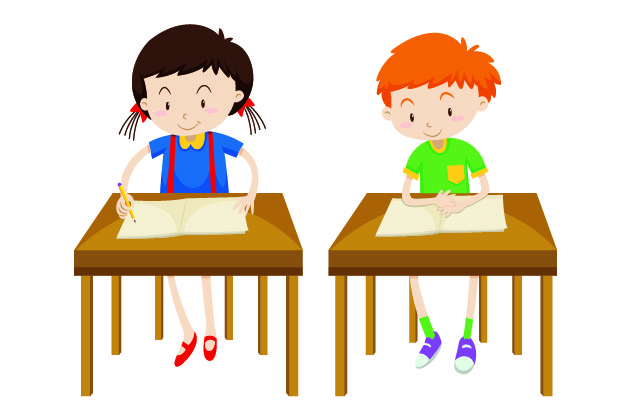Updated: 17th July 2022
Accompanying podcast episode:
According to Fortune Business Insights, the global virtual reality in education market is booming, and is projected to grow by an average of 45.2%, every year, between now and 2029. Teachers everywhere would be wise to skill-up and take courses in Virtual Reality EdTech in order to get prepared for the exciting changes we will soon see in our classrooms. Today, I’ve invited Kiara Miller from The Speakingnerd to share her insights into how VR will change the way we do things as educators for many years to come.
Gone are the days when all you had to do was walk into a classroom, explain a concept, dictate notes, and call it a day. These days you can offer your students more than that, thanks to technology. Technology in the education sphere is a hot topic and trust me, it will remain so as long as the world continues to embrace it.
Nowadays, teachers can offer students meaningful and impactful learning experiences using Virtual Reality technology (VR). According to this recent report by Global News Wire, the virtual reality market in the education sphere is expected to reach $8.66 billion in 2022, at an annual growth rate of 36%. In fact, 97% of students in technologically developed/developing countries would like to study a VR course.
360 VR is a type of VR that is commonly used in education. It offers immersive experiences by using specialist cameras and equipment to capture real-world locations. The content is then viewed on VR headsets or projected onto walls. Students don’t have to leave their classrooms or spend a lot of money to travel to locations that were once imagined. Virtual trips can happen anywhere and anytime as long as the students have the right equipment.

In a world where it is increasingly becoming difficult to attract students’ attention, engage them or keep them motivated to pursue studies, virtual reality technology seems to have the potential to provide at least a partial solution. It is associated with a range of benefits that we are going to explore together today.
The 7 Vivid Ways Virtual Reality can Transform School Education
#1 VR offers amazingly immersive in-class learning experiences
What are your thoughts about students vividly seeing what is being taught rather than imagining things? STEM subjects such as biology, computer science, and architecture require hands-on experience for students to obtain a deeper understanding of the concepts and to build their expertise. Virtual reality allows educators to embed really impactful learning experiences into their curricula.
We live in a world that is increasingly dependent on technology and obtaining digital skills is seen as the way forward for future professionals. Using virtual reality in schools helps to provide in-depth knowledge to students on what is being taught. They can zoom in and out of locations that are a thousand miles away, observe how human blood flows throughout the body and even conduct specialized surgery.
VR brings things closer to students and makes things a reality that could have been impossible to relate to otherwise. It also allows students to interact with objects, chemicals or scenarios that could be too dangerous to interface with in the real world.

#2: Intricate concepts are simplified
There is nothing that hurts quite like like teaching a concept to students and then receiving negative feedback at the end of it. Teaching is a profession that requires patience, especially when describing and explaining difficult concepts or topics to students who may not have the ability to grasp the content immediately.

VR technology can help students to decipher intricate concepts with the help of images, videos, or virtual tours. VR is also an excellent add-on to a range of active-learning strategies since users are immersed in, and interact with, 3D worlds.
Intricate concepts are not easy to unpack and yet they also vary in their degree of complexity. Cases where learners can’t visualize what a teacher is talking about tend to produce confusion. Students tend to become passive learners in such scenarios, which negatively affects their performance. VR technology offers a solution in that it can be introduced to classrooms to help students get a clear view of the concepts being taught.
#3: Increases engagement
Unlike traditional teaching methods, Virtual Reality can fully immerse students in the lesson being taught. Seeing something for the first time or that which seemed impossible increases enthusiasm and also maintains a high level of attentiveness. With the help of virtual reality tools, students can connect to worlds and objects which are normally out of their reach.

VR also stimulates higher levels of imagination which helps students understand concepts better than when just reading about them. The interactions enabled by VR help to keep students’ engagement high throughout the lesson.
#4: Increases practicality
Reading about something is different from having hands-on experience. Students that put more emphasis on learning concepts than practicing them find themselves increasingly left out. In simple terms, knowledge without practicality has a limited impact on students. For certain fields like biology, engineering and computer science, practical skills are vital to survival in an increasingly competitive world.

VR can increase students’ ability to understand concepts, implement what is learned and think of new ways of doing something better. Reading about something and learning how it works helps students believe that they are set on the right path. Also, it helps them set SMART Goals which are believable and achievable. With that, virtual reality offers a new meaning to education, by letting students know that they can put to use what’s learned.
Teaching makes a difference when learners are able to put what’s learned into use. In today’s world where skills are the top need of the hour, in-school training is essential and VR can help out. Using VR in class lays a platform for deep learning which helps students understand content better than when only surface learning takes place.
#5: It’s all-inclusive
Virtual reality has a wide range of applications in the education sphere. It can be used in architecture, philosophy, design or even in science classes. Videos can also be produced in a range of languages. On the other hand, it is suitable for all types of classes whether those occur in-person or remotely. Additionally, every student gets the chance to participate in and enjoy the experience: something which cannot be said for the majority of traditional teaching methods.
#6: Increases Retention
The purpose of teaching is to offer knowledge that can help students academically perform better and excel in their careers. However, the traditional teaching approaches, which tend to be text-based, do not offer optimal learning outcomes. With this approach, students tend to easily get bored, lose interest in science subjects and even perform poorly in exams due to low retention levels.

VR is changing students’ school experiences by enabling effective learning to take place. Scientifically, the brain processes images better than text. This means that students can easily learn, retain and memorize what is taught in class with the help of VR technology. VR can also rewire the brain and enhance the neural relationships that are required for memory and learning to take place.
We welcome you to join the Richard James Rogers online community! Join us on Facebook and Twitter for regular updates, giveaways of Richard’s books, special offers, upcoming events and news.
























